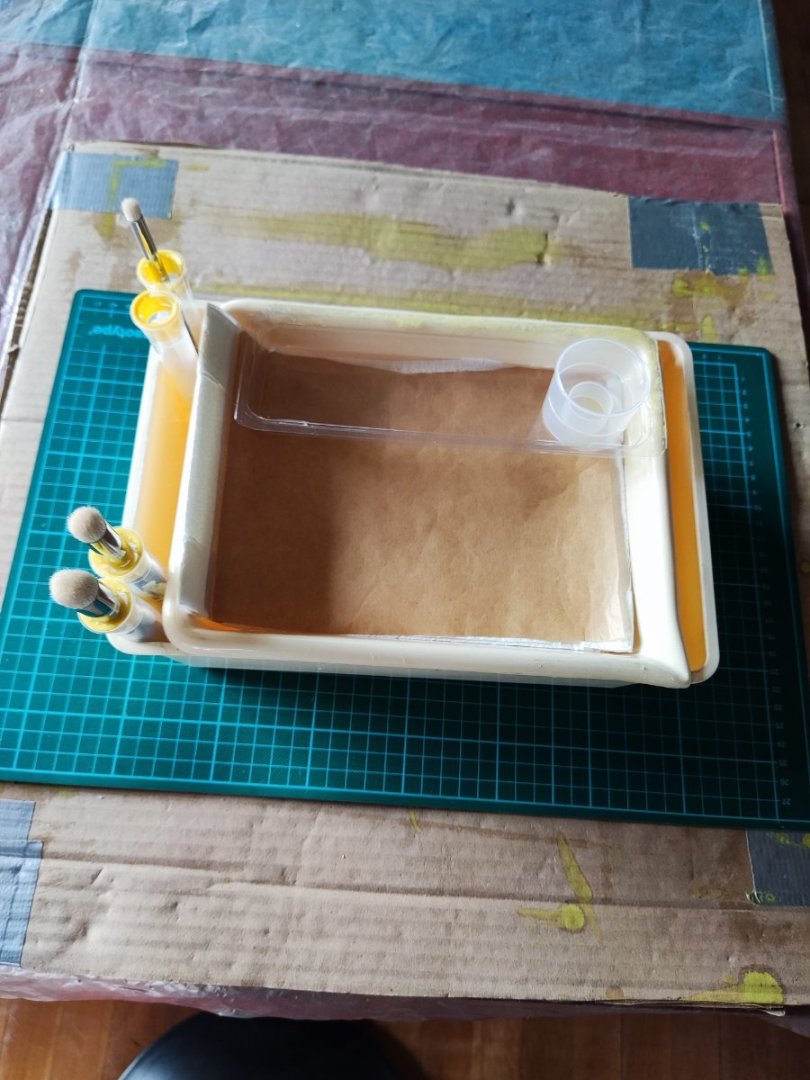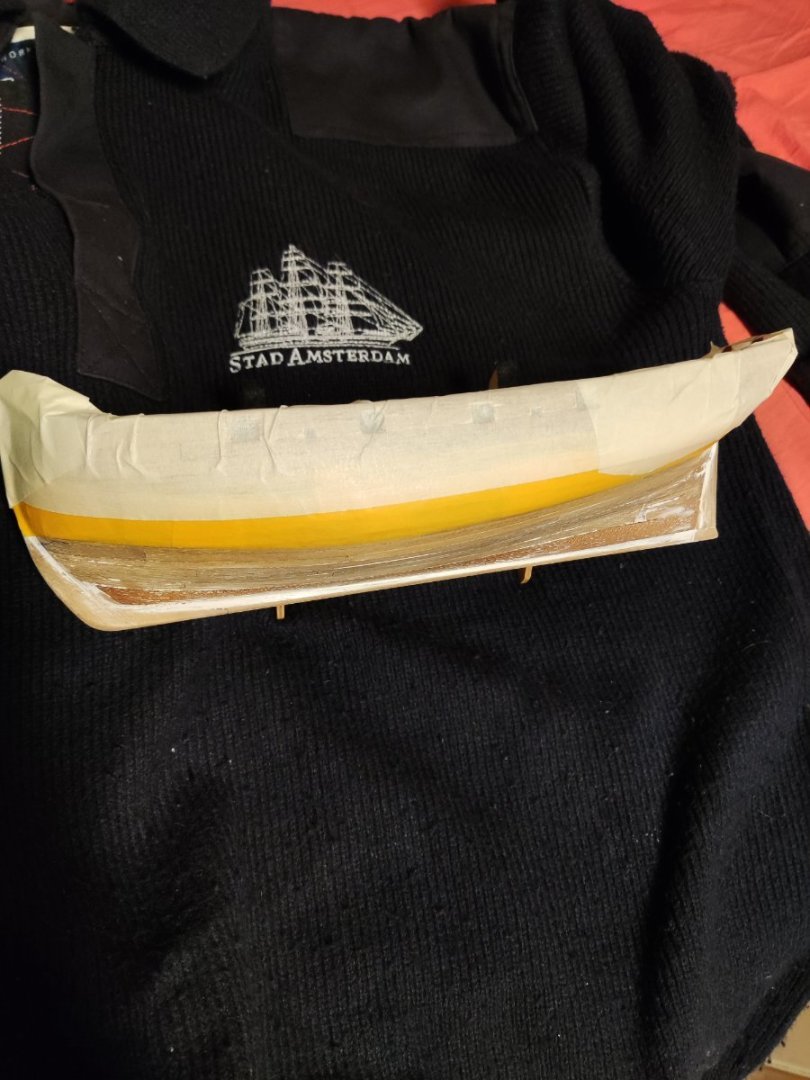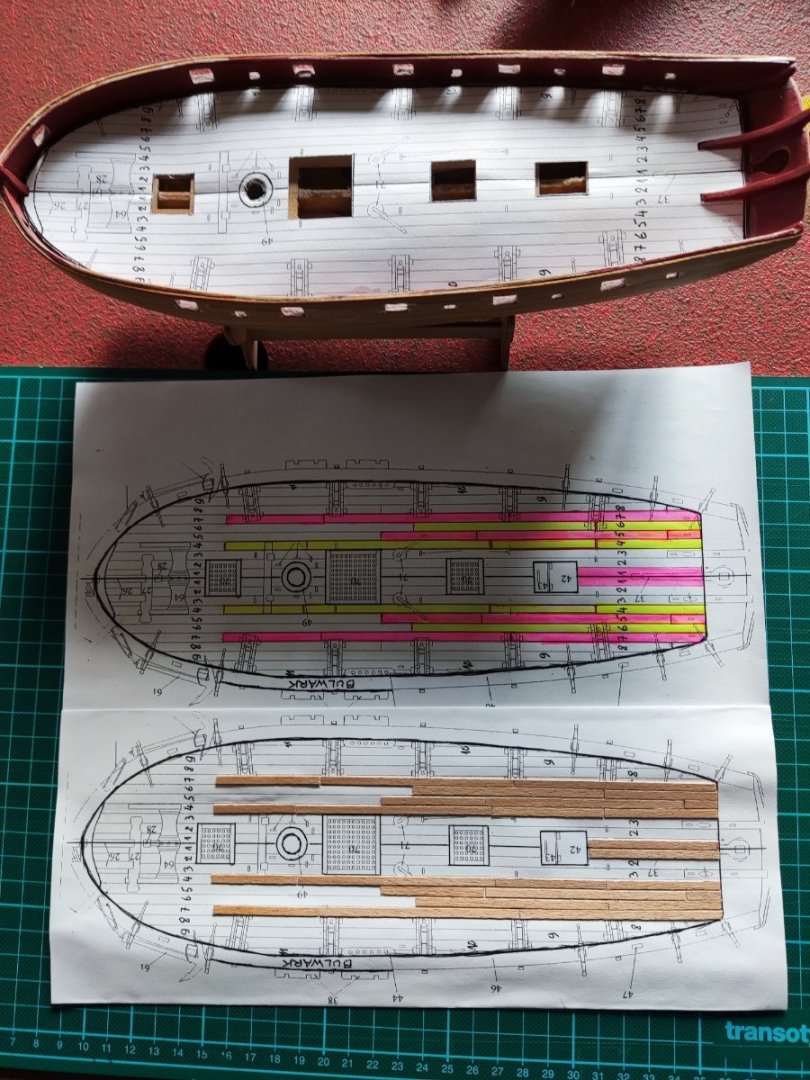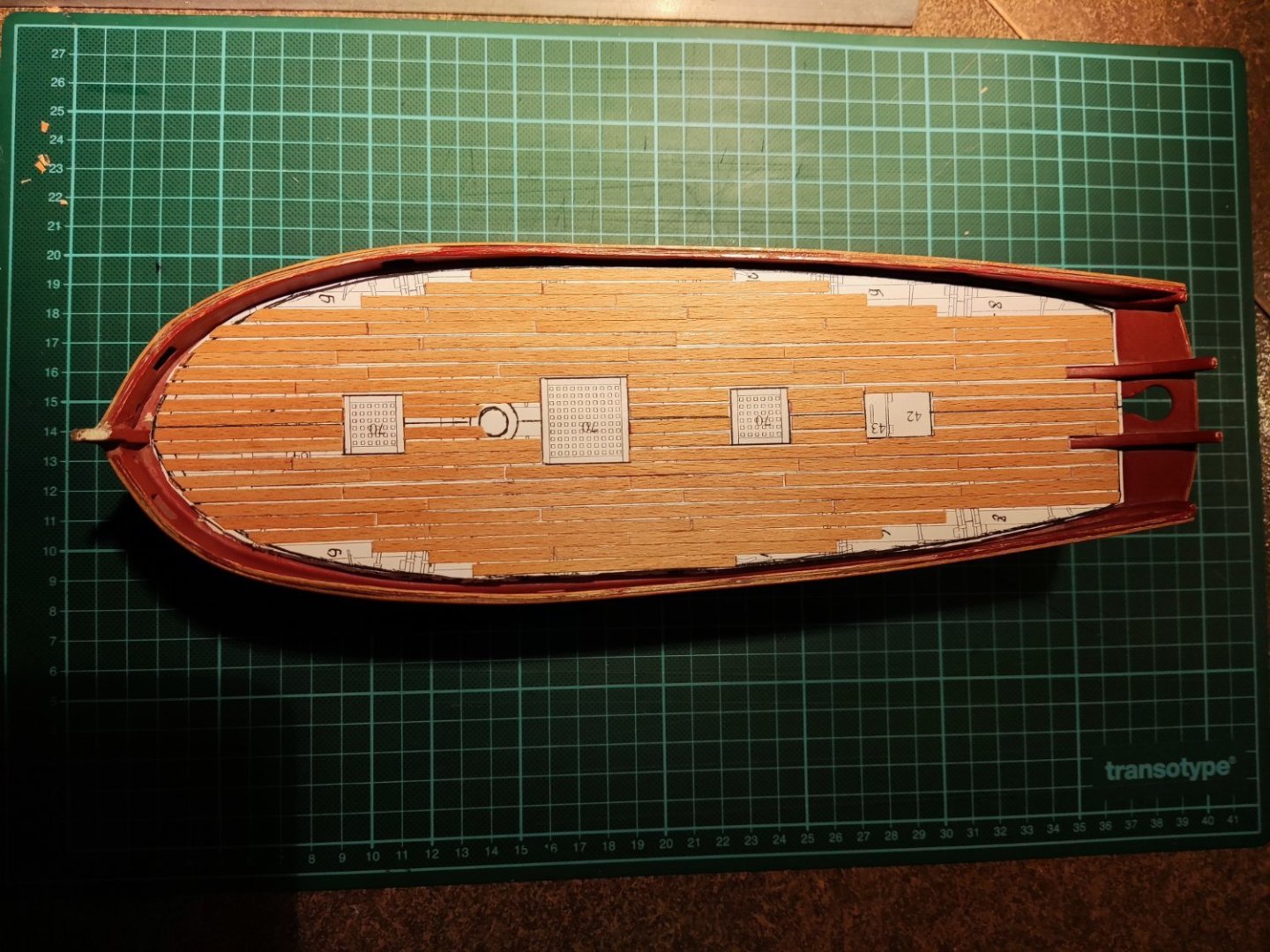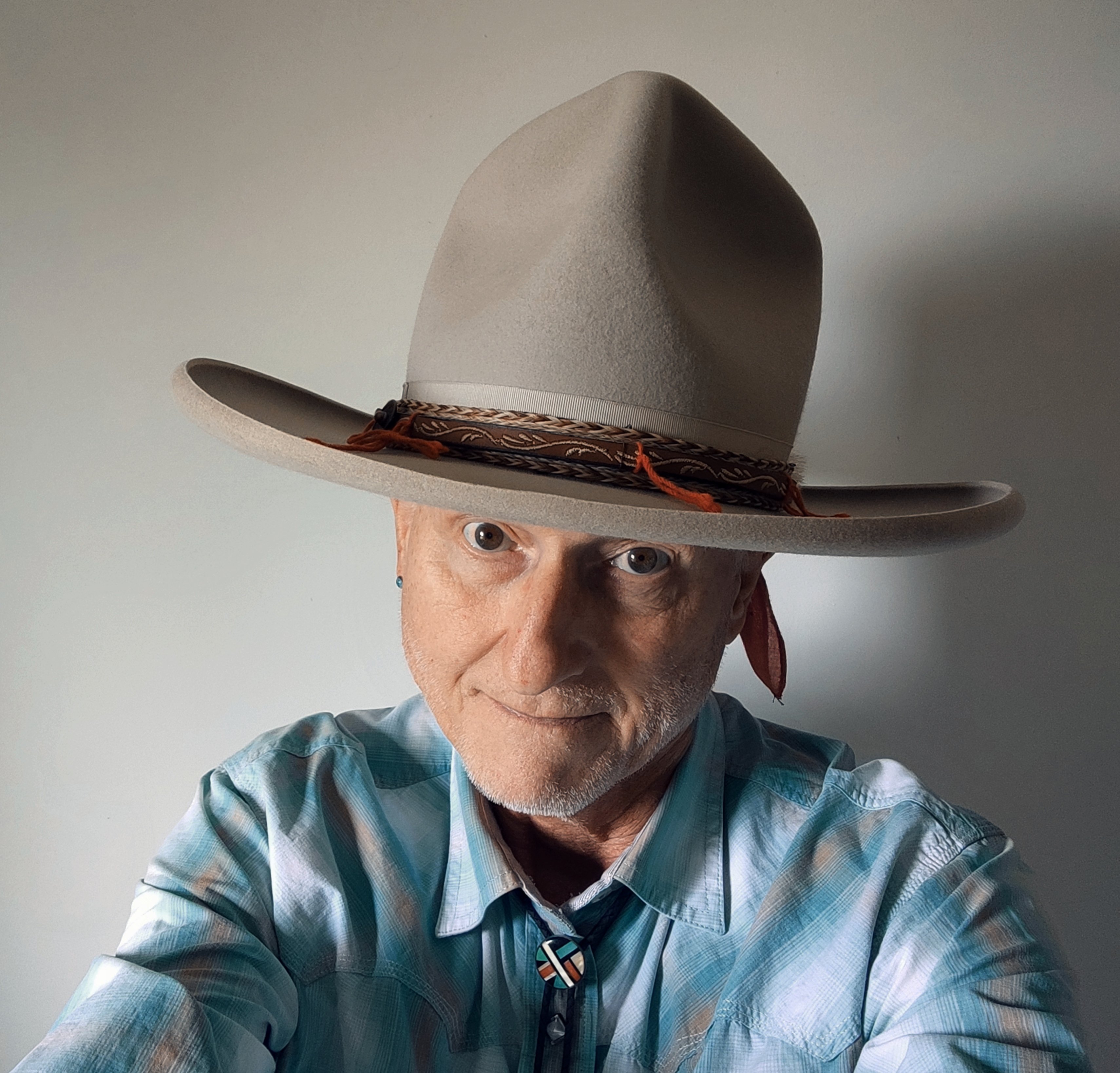
Rushdie
Members-
Posts
10 -
Joined
-
Last visited
Recent Profile Visitors
The recent visitors block is disabled and is not being shown to other users.
-
 GrandpaPhil reacted to a post in a topic:
Acrylic paint tips and techniques
GrandpaPhil reacted to a post in a topic:
Acrylic paint tips and techniques
-
 Ryland Craze reacted to a post in a topic:
Acrylic paint tips and techniques
Ryland Craze reacted to a post in a topic:
Acrylic paint tips and techniques
-
 mtaylor reacted to a post in a topic:
Where exactly is the waterline, or should it be?
mtaylor reacted to a post in a topic:
Where exactly is the waterline, or should it be?
-
 mtaylor reacted to a post in a topic:
Where exactly is the waterline, or should it be?
mtaylor reacted to a post in a topic:
Where exactly is the waterline, or should it be?
-
 mtaylor reacted to a post in a topic:
Acrylic paint tips and techniques
mtaylor reacted to a post in a topic:
Acrylic paint tips and techniques
-
 Canute reacted to a post in a topic:
Acrylic paint tips and techniques
Canute reacted to a post in a topic:
Acrylic paint tips and techniques
-
 thibaultron reacted to a post in a topic:
Acrylic paint tips and techniques
thibaultron reacted to a post in a topic:
Acrylic paint tips and techniques
-
Hi Paul and many others, Awaiting arrival of my elusive white Vallejo acrylic, I've on and off been busy clearing the garage of 40 years of accumulated "useful junk" and glued together a small "painting station". The brush holders are protective plastic tubes for disposable injection needles, etc. Now the painting! 🤠
-
 Rushdie reacted to a post in a topic:
Acrylic paint tips and techniques
Rushdie reacted to a post in a topic:
Acrylic paint tips and techniques
-
 Canute reacted to a post in a topic:
Where exactly is the waterline, or should it be?
Canute reacted to a post in a topic:
Where exactly is the waterline, or should it be?
-
 Canute reacted to a post in a topic:
Where exactly is the waterline, or should it be?
Canute reacted to a post in a topic:
Where exactly is the waterline, or should it be?
-
 Canute reacted to a post in a topic:
Where exactly is the waterline, or should it be?
Canute reacted to a post in a topic:
Where exactly is the waterline, or should it be?
-
 Rushdie reacted to a post in a topic:
Where exactly is the waterline, or should it be?
Rushdie reacted to a post in a topic:
Where exactly is the waterline, or should it be?
-
 Rushdie reacted to a post in a topic:
New to ship modelling? But what do you build first?
Rushdie reacted to a post in a topic:
New to ship modelling? But what do you build first?
-
Hoi...very reasonable, in fact, you appear to be saying that the actual line of immersion was ... somewhat "beautified" by the (shipowner) which, eventually, was authenticated by poop sag. I assume there are many factors, not in the least that deeper bow immersion slows a ship down, and the visual indication by way of a painted waterline would be considered an easy guideline. Awaiting consolidation of the acquired (assumed) knowledge, I've just realized I forgot to order the white Vallejo acrylic 😵💫 but that's been meanwhile rectified. Paul
-
Thankee Roger! Brilliant reply, which I tend to understand from previous experience and developed primitive Excel predictions of modern vessels' cargo capacity under circumstances of departure and arrival port limitations. At best, these were approximations, with ships more resembling cubic boxes than my ... elegant British cutter's sleek hull shape. And, in terms of "ancient" wooden sailing vessels, I feel it's very much a matter of appearance, if not outright copycat behavior. And I suppose, as (and to the degree that) my modelbuilding progresses, I assume I may not necessarily continue in a completely "correct" manner. Such as leaving out the cannon altogether, saving (fickle) future time. And I'm deeply worried about how on earth I'll manage the rigging. But that's a motivation to continue! Paul
-
Hi, it's Paul again, still collecting pore filler, paint, etc... before continuing on my "Lady Nelson". I did prepare the normally submerged part of the hull for application of color by putting masking tape just about where I've observed others having done. I've seen various, different, "waterlines" and I tried to search the subject, but not found anything really. So ...where is that elusive "waterline" located? It should be easy, right? And, of course, the waterline varies with the deadweight, the hull's immersion increasing with the gross weight of stores, fresh water, crew and belongings, as well as the salinity of the water... What, from a viewpoint of, say, 1800, is a proper approach? ...thanks once again for your much appreciated comments. I'm really curious, too! Safe sailing! Paul
-
 Rushdie reacted to a post in a topic:
Best paint for wooden ship models
Rushdie reacted to a post in a topic:
Best paint for wooden ship models
-
 Rushdie reacted to a post in a topic:
Did 18th and 19th century ships have flat weatherdecks?
Rushdie reacted to a post in a topic:
Did 18th and 19th century ships have flat weatherdecks?
-
 Rushdie reacted to a post in a topic:
Did 18th and 19th century ships have flat weatherdecks?
Rushdie reacted to a post in a topic:
Did 18th and 19th century ships have flat weatherdecks?
-
 Rushdie reacted to a post in a topic:
Did 18th and 19th century ships have flat weatherdecks?
Rushdie reacted to a post in a topic:
Did 18th and 19th century ships have flat weatherdecks?
-
Did 18th and 19th century ships have flat weatherdecks?
Rushdie replied to Rushdie's topic in Nautical/Naval History
That sounds very logical and reasonable, thank you! The Lady Nelson kit I have doesn't provide for camber, and I'll have to consider whether I'll take the risk of complicating this, which is my first, build. -
 Rushdie reacted to a post in a topic:
Howdy from (the suburbs of) Brussels
Rushdie reacted to a post in a topic:
Howdy from (the suburbs of) Brussels
-
 Rushdie reacted to a post in a topic:
Howdy from (the suburbs of) Brussels
Rushdie reacted to a post in a topic:
Howdy from (the suburbs of) Brussels
-
 Rushdie reacted to a post in a topic:
Howdy from (the suburbs of) Brussels
Rushdie reacted to a post in a topic:
Howdy from (the suburbs of) Brussels
-
I'm building Lady Nelson and have reached the planking of the weatherdeck. I was wondering, were decks in those times "flat", or is the centerline "higher" than the deck level at the whales, enabling any water to be evacuated naturally through the scuppers? I've boarded many contemporary ships in my life, and only once have I seen a vessel (Norwegian, built around 1949) where absolutely every "horizontal" surface was curved slightly downwards towards both boards.
-
Thanks for the welcome and, I would add, don't worry about my health...as Spirit sang "It's Nature's Way" and that's just fine! So, that weatherdeck...I took a photocopy of the deck plan, and glued the planks onto that with a weak glue stick. Then I sand the paperbacking, rendering it real thin. I intend to cement the entire ceiling onto the vessel's false deck in one go. I don't yet know which glue, wood glue or superglue, I will use, and I'll probably ensure the whole ceiling be wet .. It's an adventure... I'm now waiting for the glue, the "Clou Schnellschleifgrundierung G1" sanding sealer, the various Vallejo model colors...before proceeding.
-
I'm Paul, I'm a Belgian and worked in the shipping industry all of my active life, retired since 2014. I started building Victory's "Lady Nelson" back in 2010, my first ever attempt at building a wooden ship model, but didn't get beyond the second planking of the hull mostly because I moved to a new job in the Netherlands. Last week I picked up the project again (after admiring the bare hull for ten years or more...) and just about completed planking the weather deck. In February last year I was diagnosed with pancreatic cancer, I thought I'd kick the bucket within a week but ... still there, I hope to finish the model, hence my name Rush-die. My hobbies used to be wine (tastes change with chemotherapy), I roast coffee and still like espresso, I cook Thai for Irène and myself a few times each week, and I love good music, from classical to country & western, jazz and rock and I'm happy with my vintage hi-fi. This site is my only guideline in building a wooden ship model. I work dead-slow and sometimes get tangled up in seemingly unsurmountable details, but I believe it's better to try to plan a sequence. So, here we are....
-
Hi Walter, I'm Paul from Zaventem, pleased to welcome someone from the beautiful city of Liège, a city with which I have some old connections as half my very reduced family is closely associated with that very interesting old city.
About us
Modelshipworld - Advancing Ship Modeling through Research
SSL Secured
Your security is important for us so this Website is SSL-Secured
NRG Mailing Address
Nautical Research Guild
237 South Lincoln Street
Westmont IL, 60559-1917
Model Ship World ® and the MSW logo are Registered Trademarks, and belong to the Nautical Research Guild (United States Patent and Trademark Office: No. 6,929,264 & No. 6,929,274, registered Dec. 20, 2022)
Helpful Links
About the NRG
If you enjoy building ship models that are historically accurate as well as beautiful, then The Nautical Research Guild (NRG) is just right for you.
The Guild is a non-profit educational organization whose mission is to “Advance Ship Modeling Through Research”. We provide support to our members in their efforts to raise the quality of their model ships.
The Nautical Research Guild has published our world-renowned quarterly magazine, The Nautical Research Journal, since 1955. The pages of the Journal are full of articles by accomplished ship modelers who show you how they create those exquisite details on their models, and by maritime historians who show you the correct details to build. The Journal is available in both print and digital editions. Go to the NRG web site (www.thenrg.org) to download a complimentary digital copy of the Journal. The NRG also publishes plan sets, books and compilations of back issues of the Journal and the former Ships in Scale and Model Ship Builder magazines.

